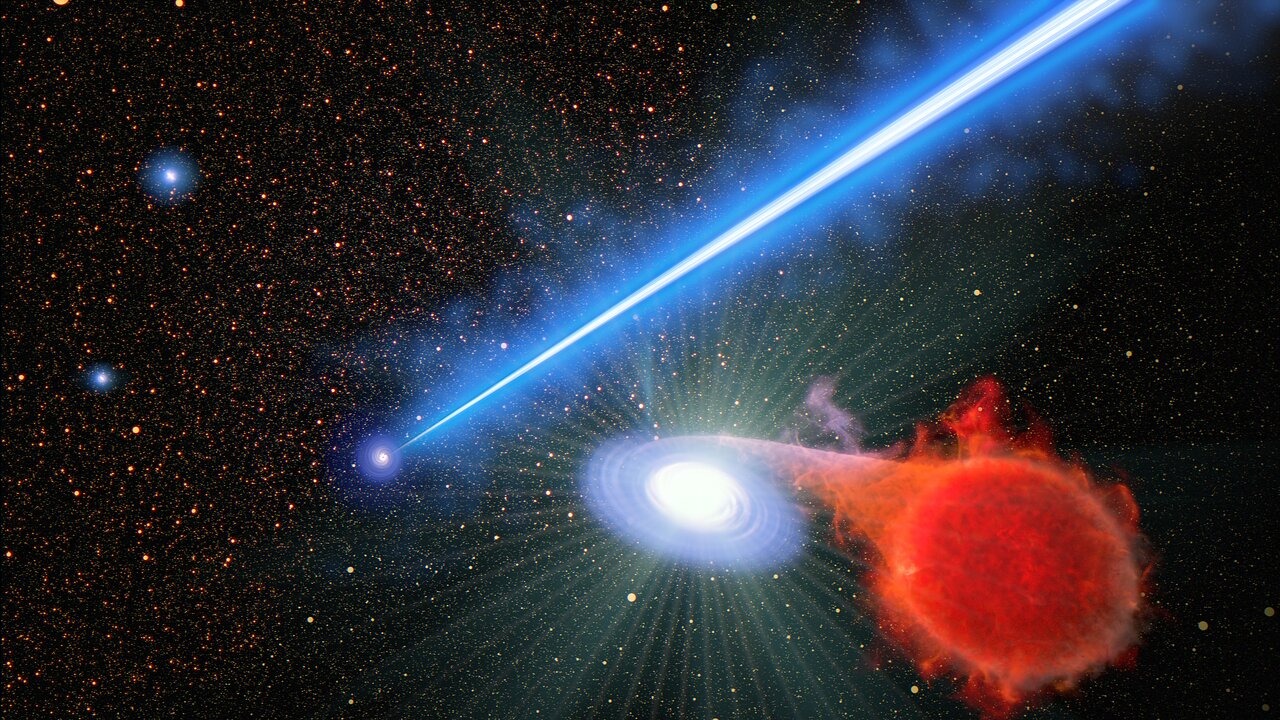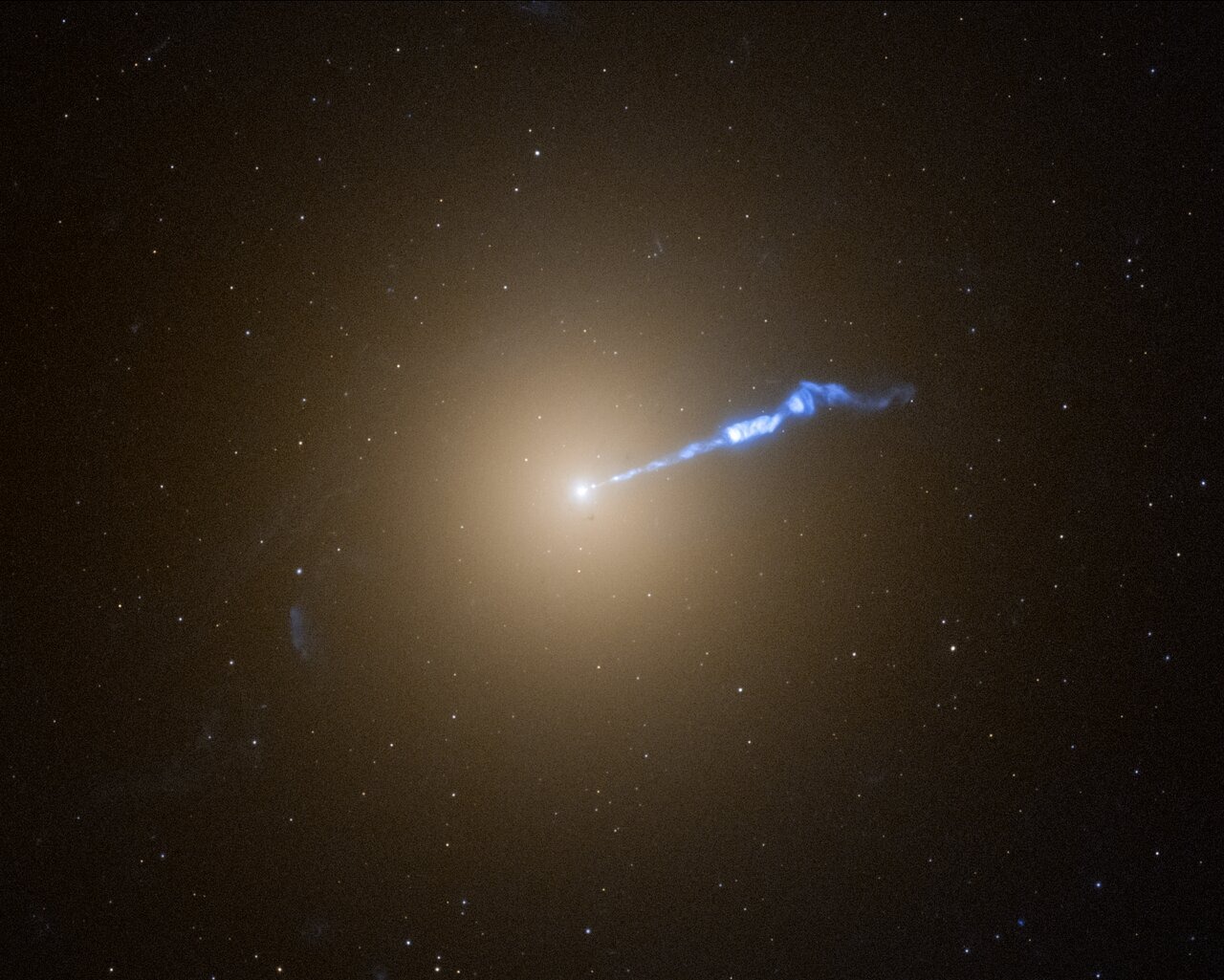Black holes never stop amazing the world of astronomy with their mystery. Their powerful jets, bursting from their poles almost at the speed of light, can even affect stars, causing them to explode. Recent research has shown that these jets can catalyze the eruption of white dwarfs, the burned-out remnants of stars that absorb hydrogen from their stellar companions. When a layer of hydrogen accumulates on the surface of white dwarfs, they explode. This process is repeated every time hydrogen reaches a critical mass.

A team of astrophysicists from Stanford University led by Alec Lessing studied supernovae in the galaxy M87, the location of a supermassive black hole. This black hole, with a mass 6.5 billion times larger than the Sun, was first photographed in 2019. The researchers noticed that the number of supernovae near the M87 jet is double the number of supernovae in other parts of the galaxy. This suggests that the jet is probably impacting stellar systems, causing white dwarfs to explode much more frequently.
Although the jet appears calm in the Hubble Space Telescope image, it is actually superheated plasma that is probably pressurizing the stars and contributing to their explosion. It remains to be discovered how exactly the jet causes these events, but Lessing suggests that it may additionally energize white dwarfs with hydrogen, speeding up their explosions. Another hypothesis is that the light pressure of the jet may affect the surrounding stars.

Observations with Hubble’s new cameras have provided the deepest images of M87 yet. Although there is a small possibility that the results can be explained by chance, most of the data points to a connection between the black hole jet and stellar explosions.
These discoveries provide new perspectives on understanding how black holes interact with the space around them and emphasize the importance of investigating black hole jets, which often remain neglected by other aspects of these cosmic objects. Only recently, another group of scientists has reported the discovery of the longest known black hole jets, stretching 23 million light-years.
We previously reported on how more black holes were found in the early Universe than scientists expected.
According to esahubble.org


